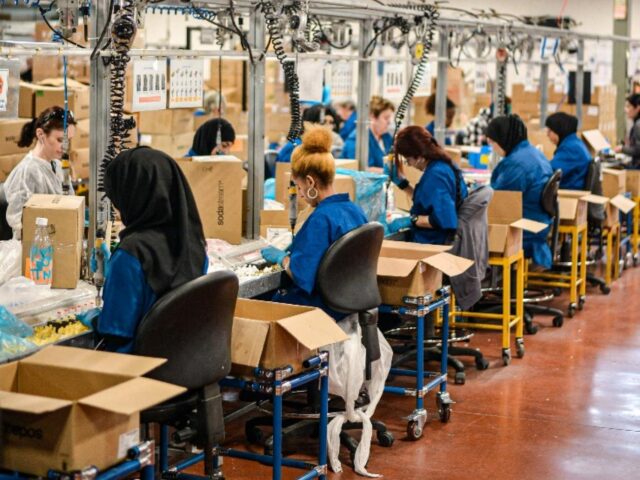Researchers at the University of Nottingham and the University of Warwick worked in collaboration with the Women’s Budget Group to look at the impact of policy on women’s lives during the pandemic.
The team analysed data from Understanding Society’s COVID-19 study to find working class women are carrying the burden of the extra physical and emotional labour being generated by the virus.
These women care for children, sick and frail elderly, clean buildings, cook and serve food, administer institutions and staff shops, while retaining major responsibility for domestic work and caring at home.
Key findings
- By June 2020, fewer than half of all women in work (48%) were still working full-time hours.
- Only 9% of working class women in Routine and Semi-routine jobs were ‘always’ working from home (3% of male). Almost half (44% of female and 48% of male) of Professional/Managerial workers ‘always’ worked from home in June.
- 3.2 million workers employed in the highest risk roles during the pandemic are women, many in low-paid roles.
- The first wave of results reveals that many more working class women than men, or women in middle class jobs, saw their hours cut to zero in the first months of lockdown, with potentially severe financial consequences.
- Working class women are disproportionately likely to be employed in frontline roles and so are exposed to the mental and physical stresses of carrying out precarious and risky work in uncertain times.
- 54% of female Routine and Semi-routine workers had been furloughed by June (41% of men). Only 15% of women working in Management and Professional jobs had been furloughed during the same period of time (16% of men).
- More women working in Routine and Semi-Routine (41%) than in other jobs experienced distress in April, reducing to 30% in June.
The researchers believe there is little detailed attention to the experiences and needs of working class women and how to urgently support them in their essential work. They believe the Government needs to take urgent action to protect the employment and incomes of working class women.
Researcher Professor Clare Lyonette, from the University of Warwick commented: “Although the high levels of psychological distress among working class women have dropped slightly since restrictions were lifted, they are still much higher than before the pandemic. Many working class areas are included in the higher tier groups of the government’s 3-tier system of restrictions in England. The effects of any future lockdowns, either local or national, could be far-reaching and extremely damaging for working class women who provide vital work, both paid and unpaid”.
Read the briefing here
Covid 19Employment



